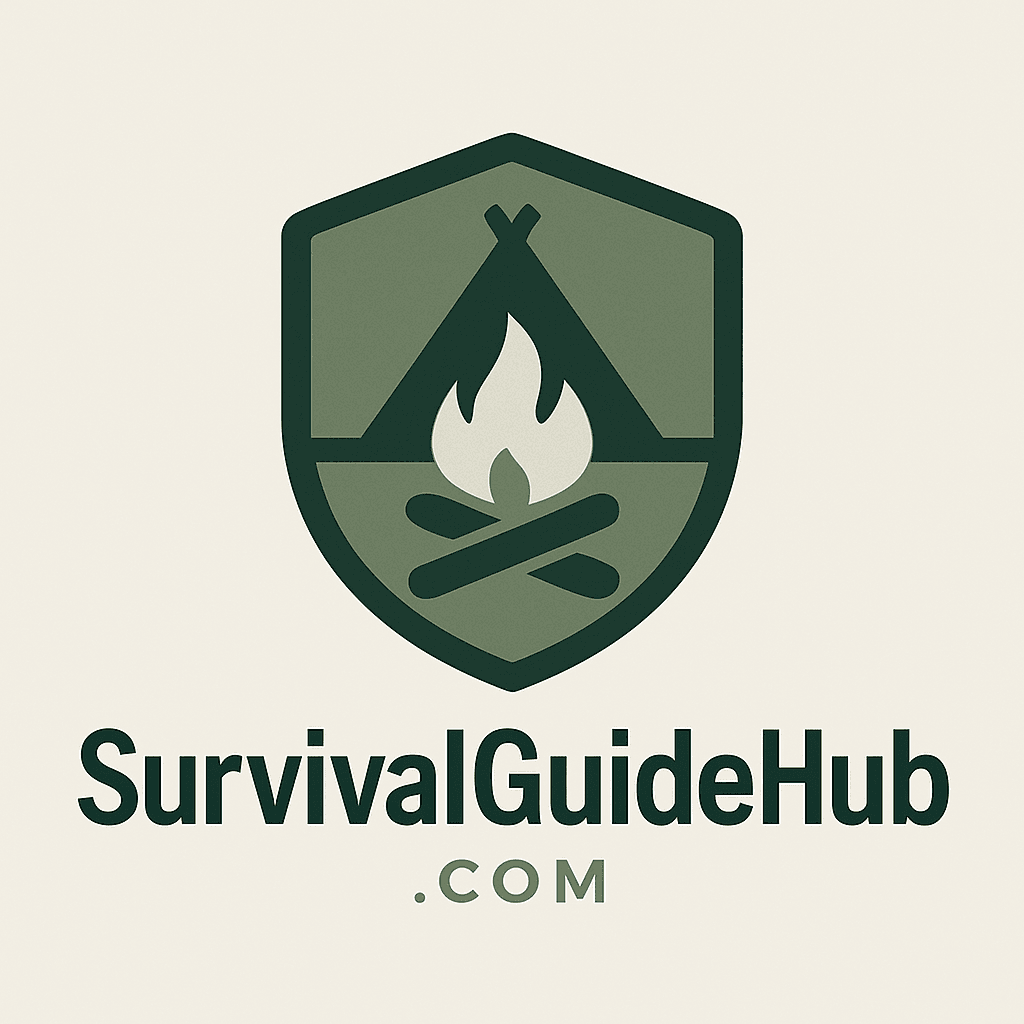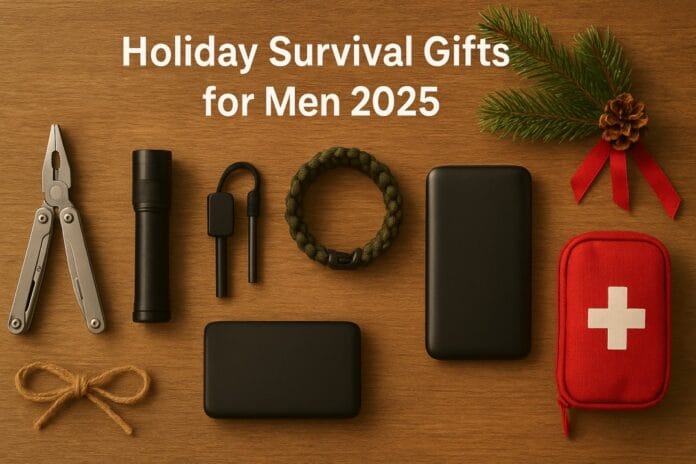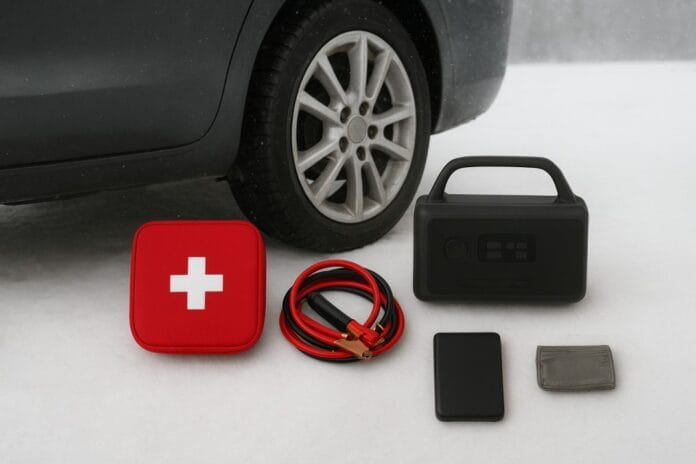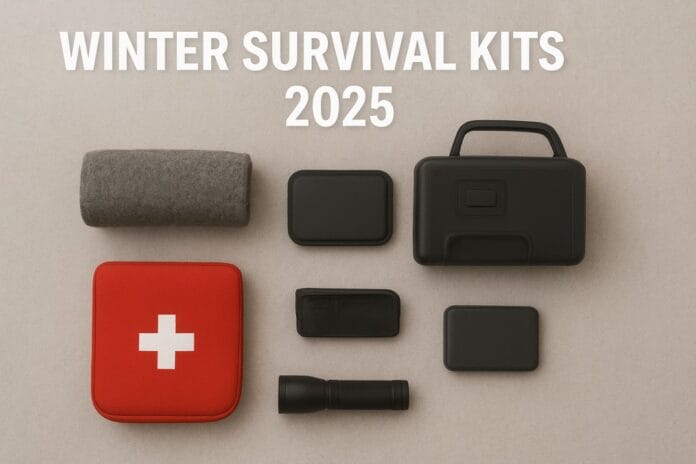Home Sweet Safe. Home Emergency
In an unpredictable world, the comfort of our homes often feels like an unshakeable constant. Yet, from sudden blizzards to unexpected power outages, and from severe storms to other unforeseen events, our sense of security can be quickly challenged. What happens when the lights go out for days, or when a natural disaster forces you to shelter in place? Having a comprehensive home emergency supply isn’t about living in fear; it’s about embracing peace of mind, knowing you’ve taken proactive steps to protect your loved ones and your sanctuary. This guide is designed for beginners, helping you navigate the world of home emergency preparedness, compare essential supplies, and build a resilient household ready for anything.
Why a Home Emergency Supply is Your Family’s Best Friend
Unlike a go-bag, which is designed for evacuation, a home emergency supply is built for sheltering in place. It’s your fortress of self-reliance, ensuring you have access to critical resources when external services might be disrupted. Imagine a prolonged power outage: no refrigeration, no internet, no running water, and perhaps no heat. A well-stocked home supply means you won’t be caught off guard. You’ll have food, water, light, communication, and warmth, allowing you to weather the storm comfortably and safely.
For many, the sheer volume of options and the fear of not knowing where to start can be paralyzing. But building a robust home emergency kit doesn’t have to be complicated or expensive. It’s a gradual process, focusing on layers of preparedness. We’ll explore the core components, offering comparisons of best-selling, reliable options available on Amazon, so you can make informed choices that fit your family’s unique needs.

Essential Pillars of Your Home Emergency Supply
Let’s delve into the crucial categories that form the backbone of any comprehensive home emergency supply. Each section will highlight key items and compare popular choices to help you build your kit with confidence.
1. Emergency Radios: Your Lifeline to Information
When traditional communication fails, an emergency radio becomes your most vital link to the outside world. These devices are designed to receive critical weather alerts, news, and emergency broadcasts, often without relying on grid power.
•Hand-Crank/Solar Radios: These are incredibly versatile, as they don’t require batteries. The RunningSnail NOAA Weather Radio is a best-seller on Amazon, praised for its multi-functionality, including a hand crank, solar panel, LED flashlight, and a USB port for charging small devices. It’s an excellent choice for basic, reliable communication. •Battery-Powered Radios: While requiring batteries, these often offer longer continuous operation and sometimes better reception. The Midland ER310 Emergency Crank Weather Radio is another highly-rated option, featuring a powerful 2000mAh rechargeable battery, solar panel, and hand crank, along with an ultra-bright flashlight and a dog whistle for search and rescue. Comparison: Hand-crank/solar radios offer ultimate self-sufficiency, ideal for prolonged outages. Battery-powered options might be more convenient for shorter disruptions but require battery management. For beginners, a hybrid model like the RunningSnail or Midland offers the best of both worlds.
2. Portable Power Stations: Keeping Your Essentials Running
In a power outage, keeping phones charged, lights on, and small appliances running can significantly improve comfort and safety. Portable power stations are essentially large, rechargeable batteries with multiple outlets.
•Smaller Capacity (e.g., 200-500Wh): Ideal for charging phones, tablets, laptops, and running small lights for a few days. The Jackery Portable Power Station Explorer 300 is a popular choice on Amazon, known for its compact size, lightweight design, and ability to power multiple devices simultaneously. It’s perfect for short-term outages or as a backup for critical electronics. •Larger Capacity (e.g., 1000Wh+): Suitable for powering mini-fridges, CPAP machines, and more demanding electronics for longer durations. The Goal Zero Yeti 1000 Core Portable Power Station offers substantial capacity and various output ports, making it a robust solution for extended emergencies. While a larger investment, it provides greater versatility. Comparison: Consider your needs. For basic charging and lighting, a smaller unit is sufficient and more affordable. For medical devices or extended comfort, a larger capacity unit is a worthwhile investment. Both offer clean, quiet power compared to traditional generators.
3. Long-Term Food Storage: Sustenance for Extended Periods
Having a supply of non-perishable food is paramount. Beyond a few cans, consider options designed for true long-term storage.
•Emergency Food Buckets/Kits: These often contain freeze-dried or dehydrated meals with a shelf life of 20-25 years. Brands like ReadyWise Emergency Food Supply offer various meal options in durable, stackable buckets. They are convenient, pre-portioned, and designed for easy preparation by just adding water. •Individual MREs (Meals Ready-to-Eat): While not typically for very long-term storage (shelf life usually 5-10 years), MREs are self-contained, calorie-dense meals that require no cooking. They are excellent for immediate consumption and offer variety. Look for military-grade MREs or civilian versions from reputable brands on Amazon. Comparison: Emergency food buckets are ideal for bulk, long-term storage, providing a reliable food source for months. MREs are better for shorter-term, grab-and-go situations or to supplement a larger supply. A combination of both can offer flexibility.
4. Water Purification and Storage: Beyond the Tap
Even if you have municipal water, pressure loss or contamination can render it unusable. Having alternative water sources and purification methods is critical.
•Water Filters/Purifiers: For filtering tap water or collecting rainwater, a gravity-fed filter system is efficient. The Sawyer Products Squeeze Water Filter System is highly versatile and can be adapted for home use with a bucket. For more robust purification against viruses, consider a Katadyn BeFree Water Filter or a larger system like the Berkey Water Filter (though the latter is a significant investment).
•Water Storage Containers: Food-grade water barrels or collapsible water containers are essential for storing potable water. The Reliance Products Aqua-Tainer is a popular 7-gallon rigid container on Amazon, known for its durability and ease of use. Collapsible options like the Platypus Platy Bottle are great for portability and can be stored flat when empty. Comparison: Filters are for making questionable water safe. Storage containers are for holding clean water. You need both. Invest in a reliable filter and enough storage capacity for at least 1 gallon per person per day for 7-14 days.
Beyond the Big Three: Other Home Essentials
Once you have your communication, power, food, and water sorted, consider these additional items to round out your home emergency supply:
•Lighting: Multiple sources like LED lanterns, headlamps, and flashlights with extra batteries. The Black Diamond Storm 400 Headlamp is a reliable choice for hands-free lighting.
•Heating/Cooling: Depending on your climate, consider a portable propane heater (with proper ventilation) or battery-operated fans.
•Sanitation & Hygiene: Toiletries, garbage bags, buckets for waste, and hand sanitizer.
•Tools: A multi-tool, wrench (to turn off utilities), duct tape, and a basic tool kit.
•Important Documents: Copies of vital records, insurance policies, and contact lists in a waterproof, fireproof container.
•Cash: Small bills for purchases if electronic systems are down.
Conclusion: Investing in Peace of Mind
Building a comprehensive home emergency supply is an ongoing journey, not a one-time purchase. It’s an investment in your family’s safety, comfort, and peace of mind. By focusing on essential categories like emergency radios, portable power stations, and long-term food storage, and by comparing best-selling, reliable options, you can systematically build a resilient household. Start with what you can, add to it over time, and regularly review and rotate your supplies. In a world of uncertainties, knowing your home is a safe haven, prepared for whatever comes, is truly the sweetest comfort of all.







